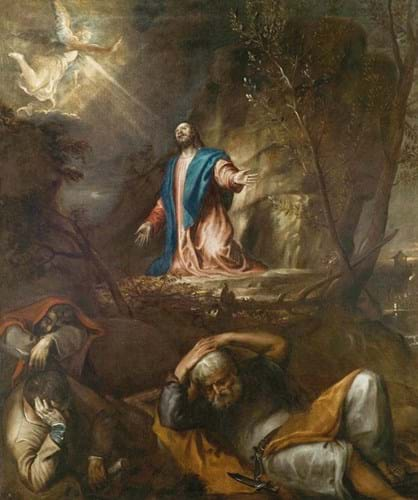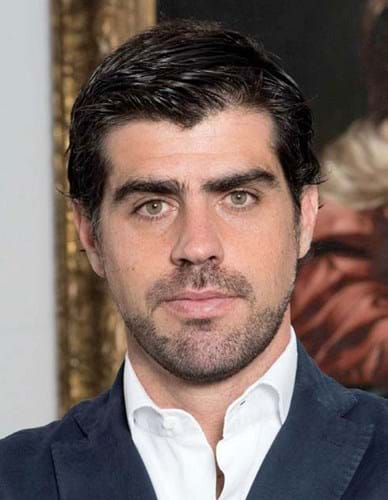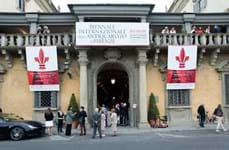ATG: What has prompted you to exhibit at the Florence Biennale this year?
JC: It’s exciting for us because even though Colnaghi has been attending the fair for decades, it’s the first time that we’ve gone since Nicolas (Cortés) and I took on the firm last year.
It’s an event with a long and distinguished history, dating back to 1959, and it takes place in a city which is a mecca for so many people who love historic art and Old Masters.
The venue is extraordinary and as it has quite a specific focus, the event draws not only a large number of visitors, but also an important audience of collectors and curators dedicated to the Old Master field.
In 2015 it felt like the fair had taken a big step forward and Fabrizio (Moretti) has helped to inject real new energy into the event.
ATG: Will the Italian, Florentine, venue influence the works you are showing?
JC: We haven’t really changed too much what we’re bringing to the fair; we have predominantly Spanish and Italian paintings and sculpture.
While he wasn’t Florentine, we are looking forward to bringing Titian’s Agony in the Garden of Gethsemane back to Italy, after at least a century since it was last there.
ATG: You seem to have lots of fairs planned in quick succession for the autumn season.
JC: It is the start of a busy few weeks for us. After Florence, we have Frieze Masters and then TEFAF New York, all in the space of about five weeks.
It’s always a challenge to bring Colnaghi to so many places in such a short space of time, but we see it as very encouraging that we’re predicting an active audience in each location, and a sign that this market is very much alive and well.
The hand of Titian

‘The Agony in the Garden of Gethsemane’ by Titian (1490-1576) and studio which is offered by Colnaghi at ‘BIAF’, priced in excess of $3m.
Among the works Colnaghi is taking to the BIAF a 6ft 7in x 5ft 7in (2 x 1.7m) oil on canvas by Titian (1490-1576) and studio.
The Agony in the Garden of Gethsemane is a rediscovery that adds much to our understanding of the late production of the Venetian master and his workshop practices, says the gallery.
In composition and dimensions it matches a version of this subject sent by the artist to Philip II of Spain, in or immediately after 1562, that is now in San Lorenzo del Escorial, and another version with different foreground details in the Prado, Madrid.
Recent research on the present painting suggests that it was neither a late copy nor a studio replica of the Escorial painting, but another original, created by Titian with the aid of one, or perhaps two, assistants.
The work has recently emerged from a private collection and has a 20th century provenance back to 1911.
In Florence, it will be priced in excess of $3m.















